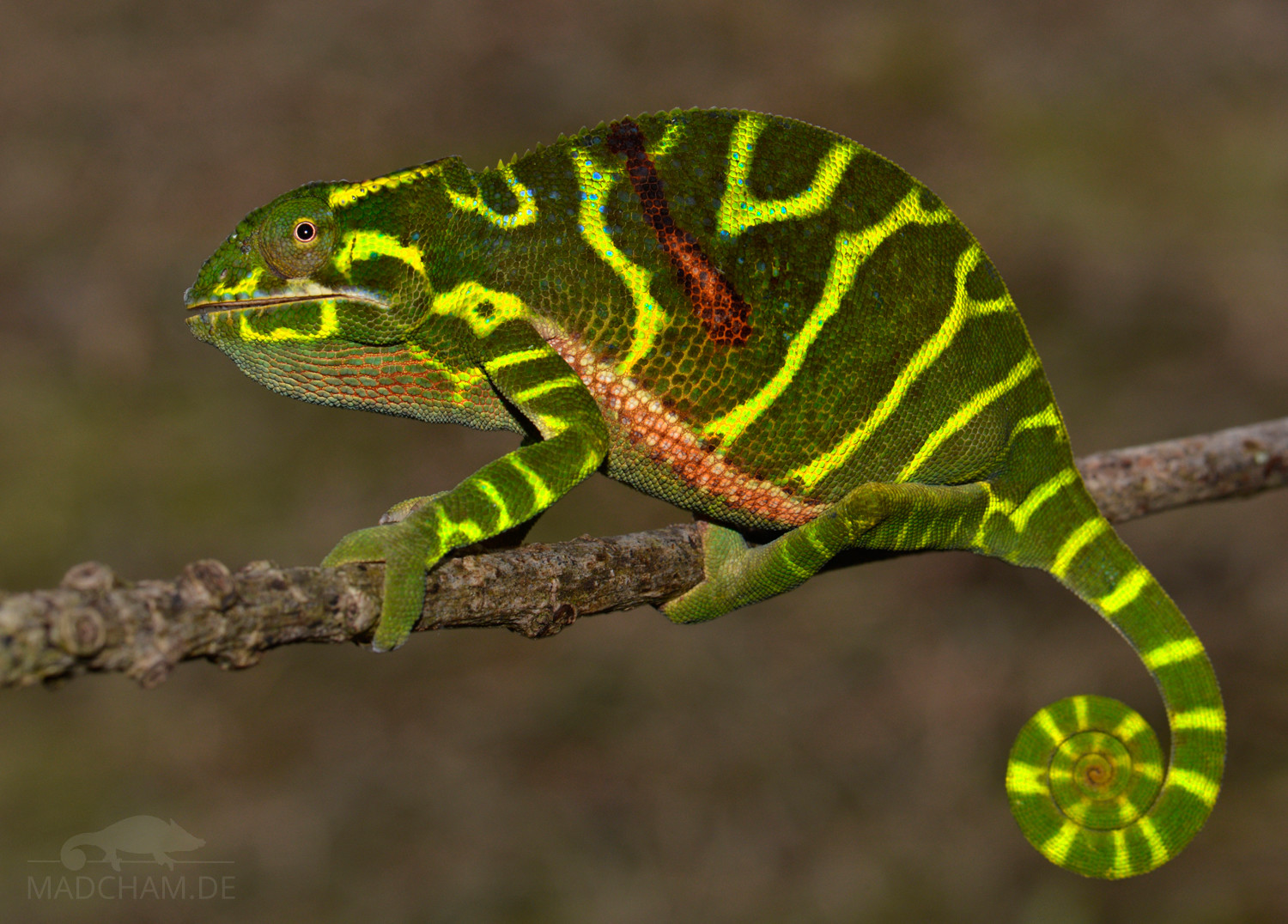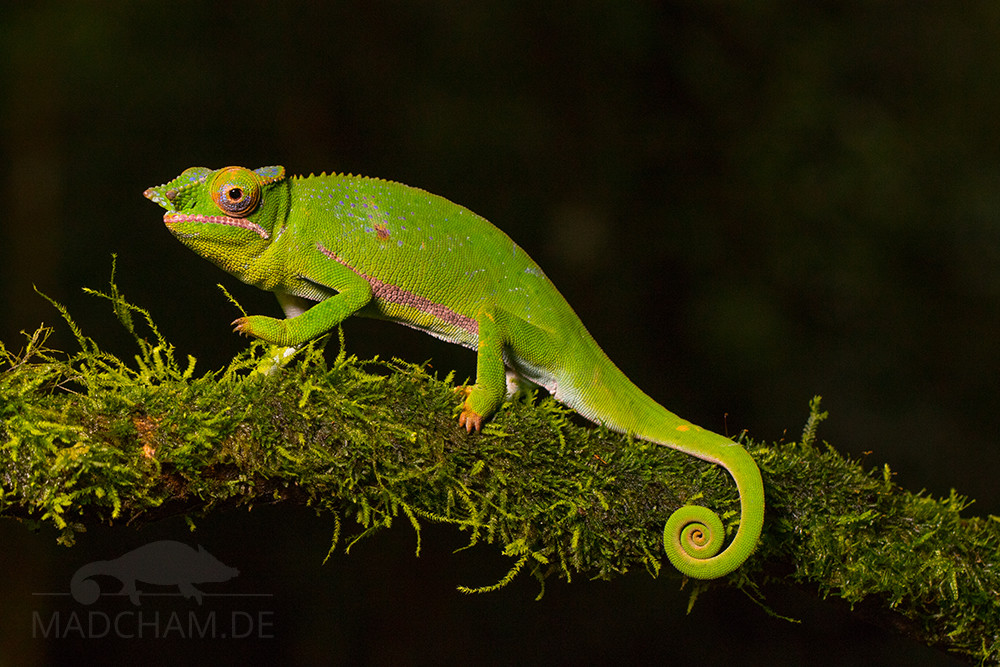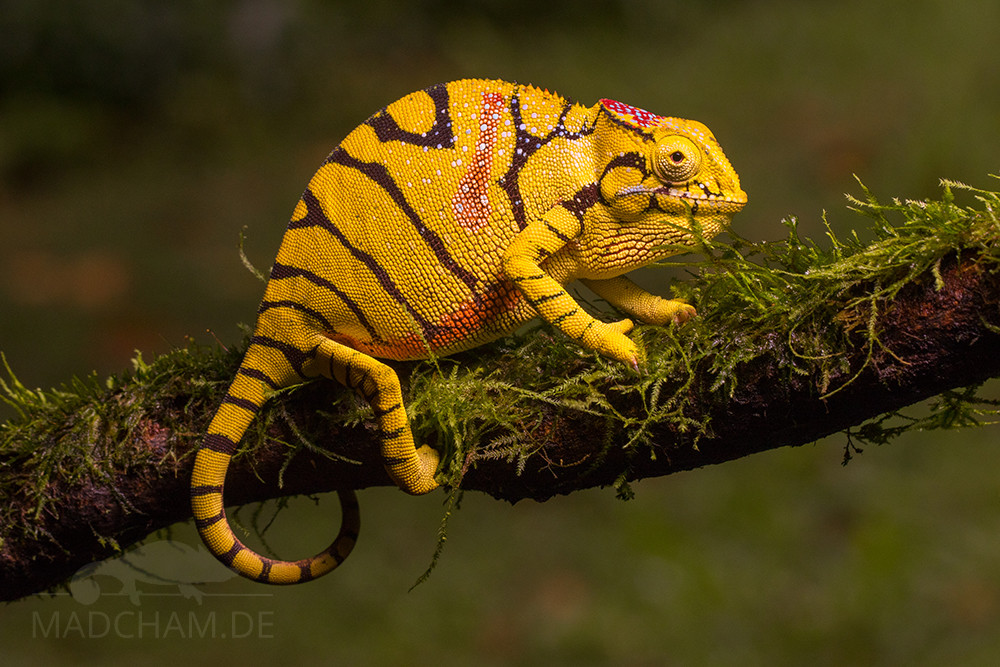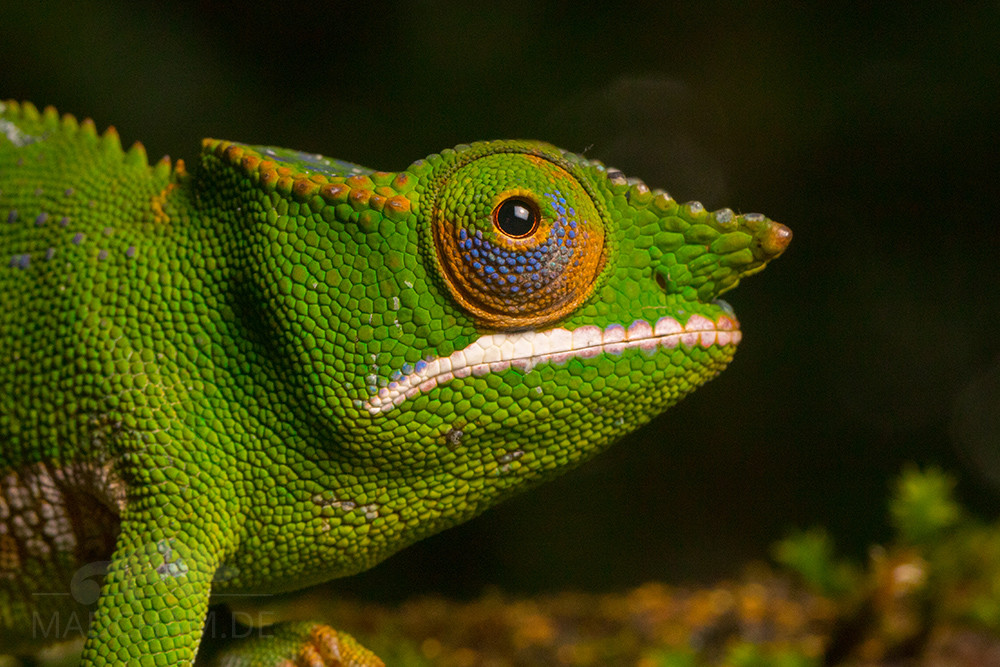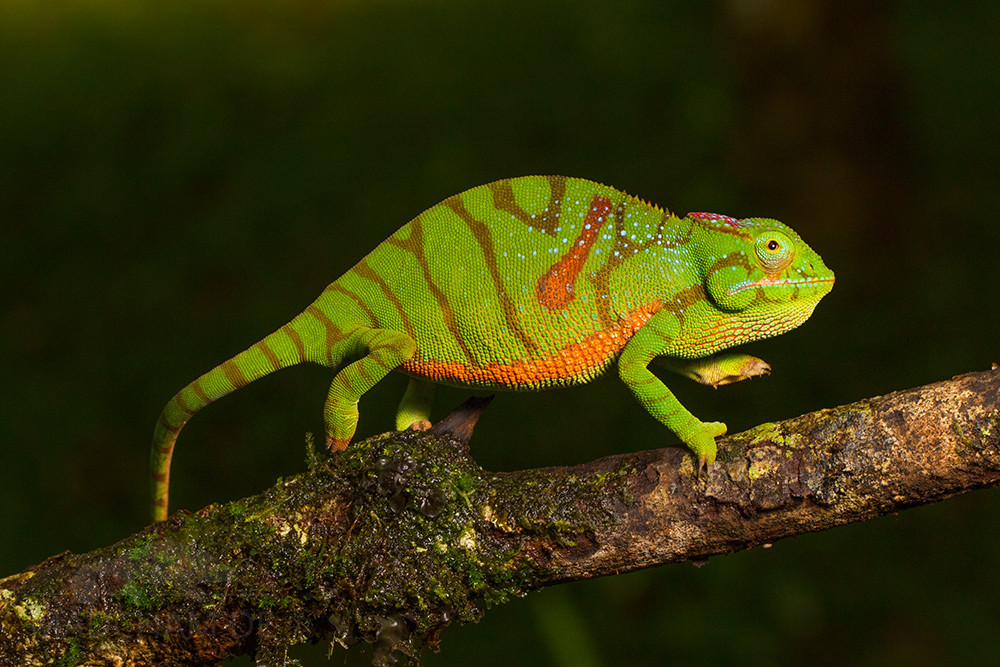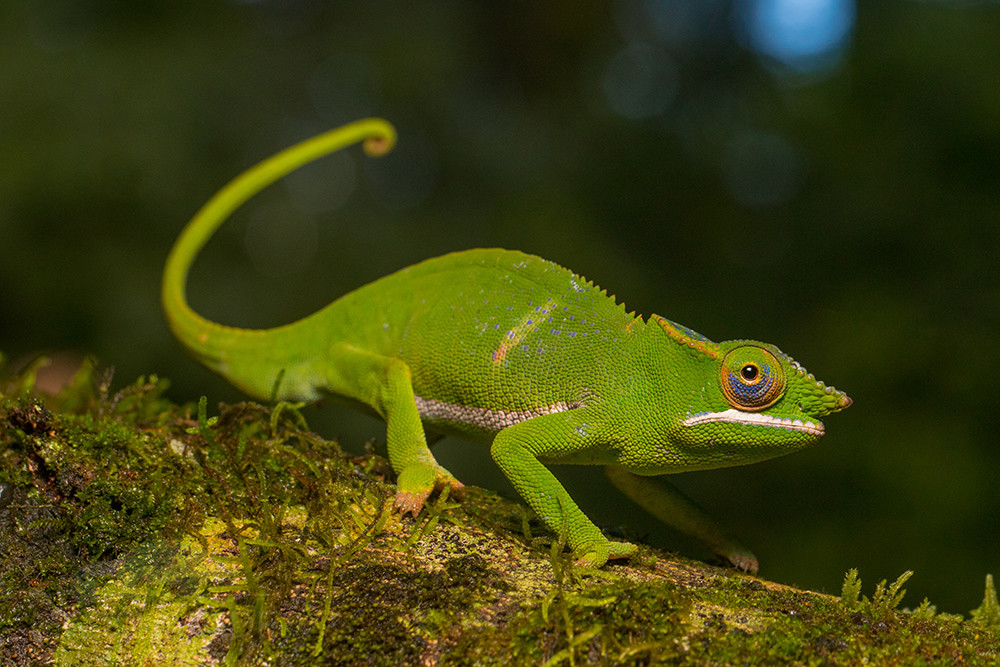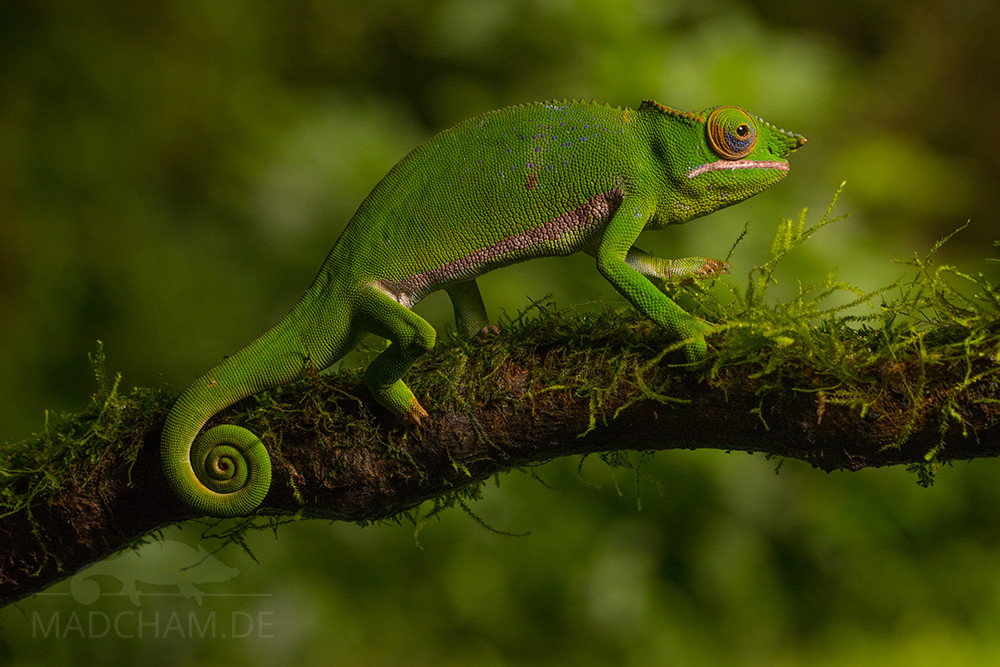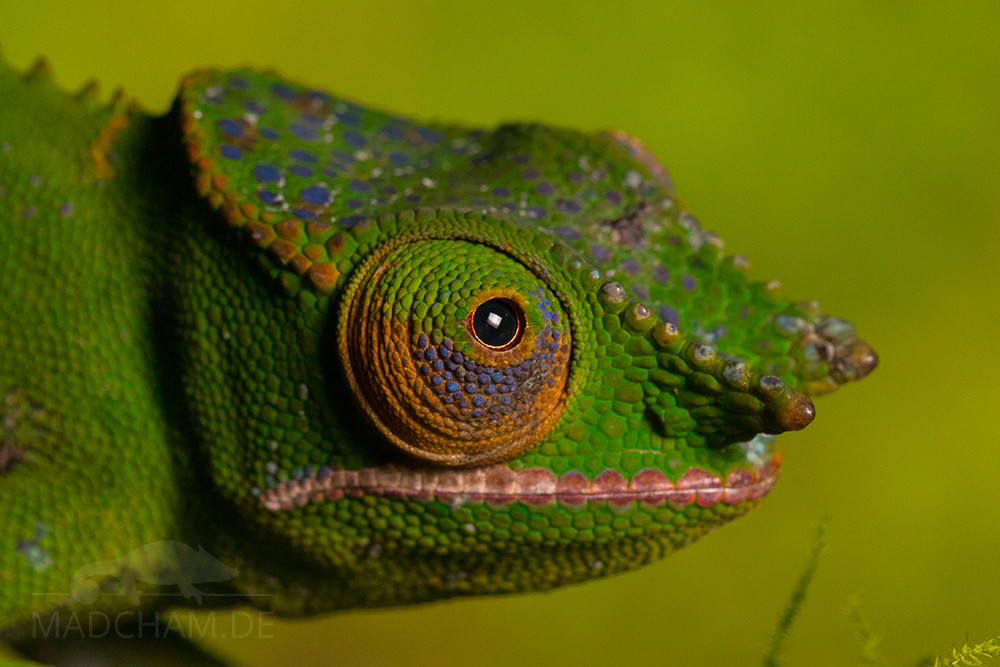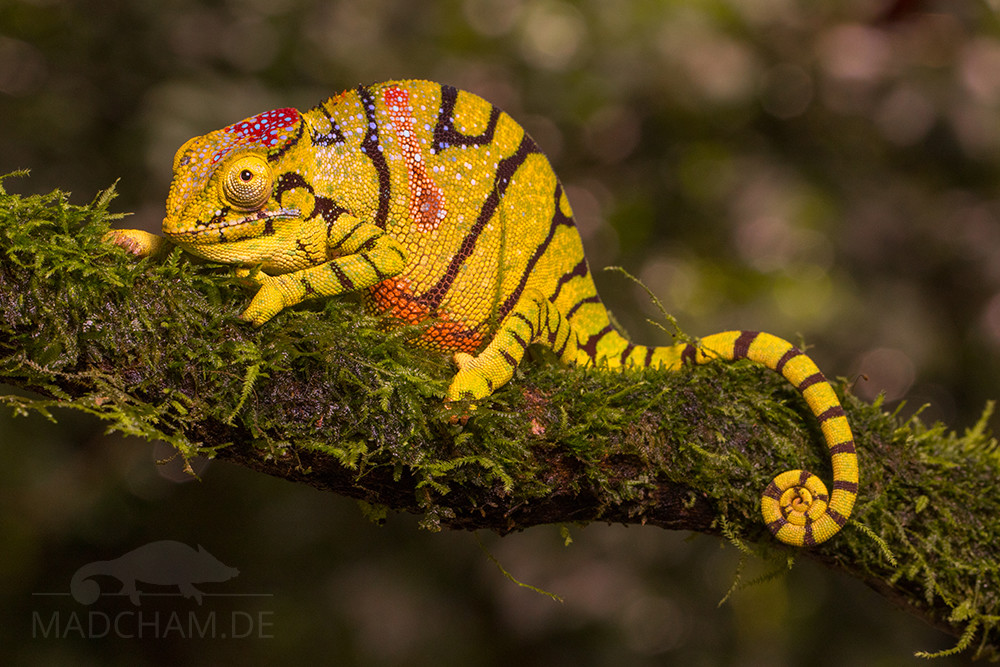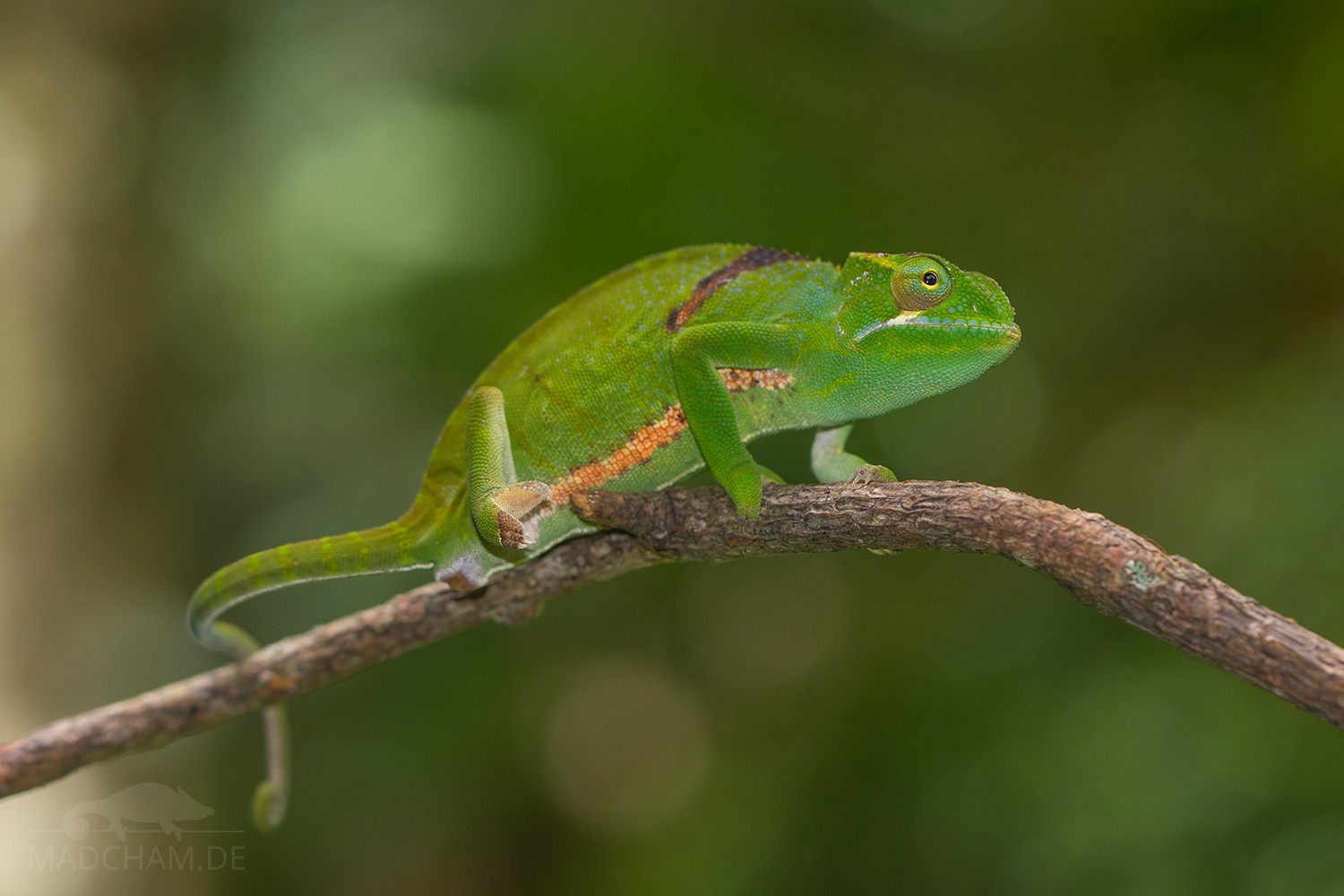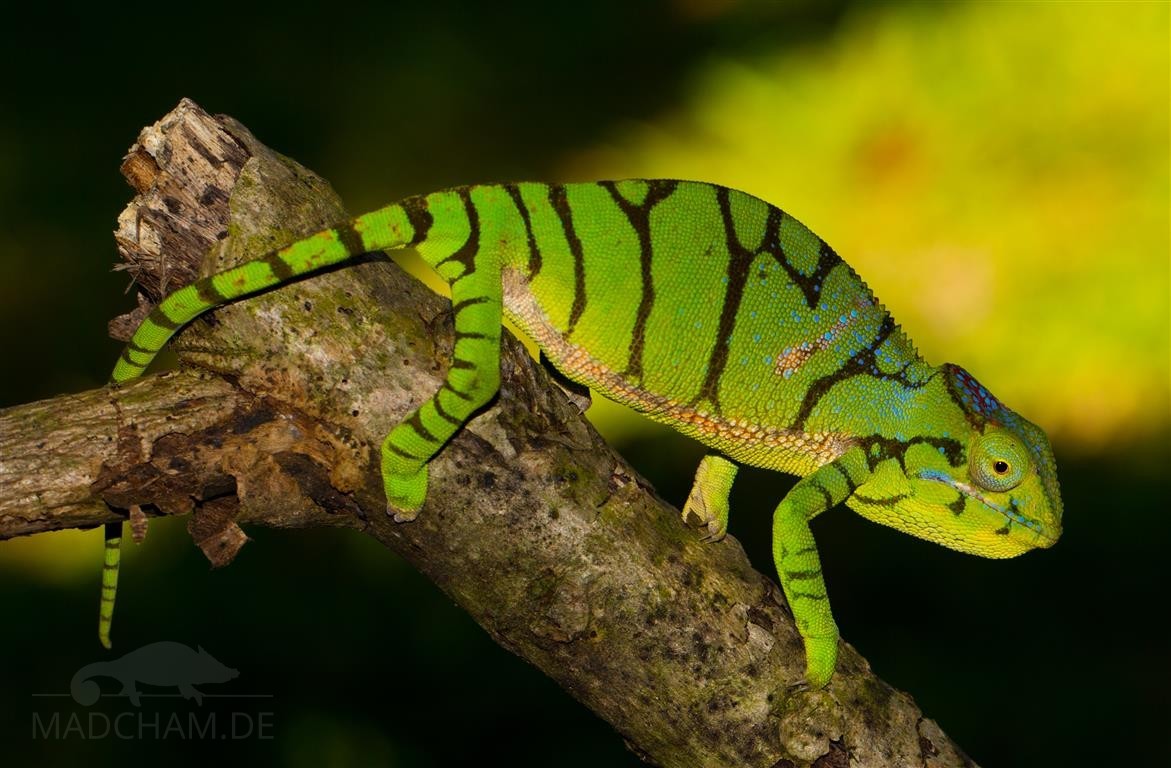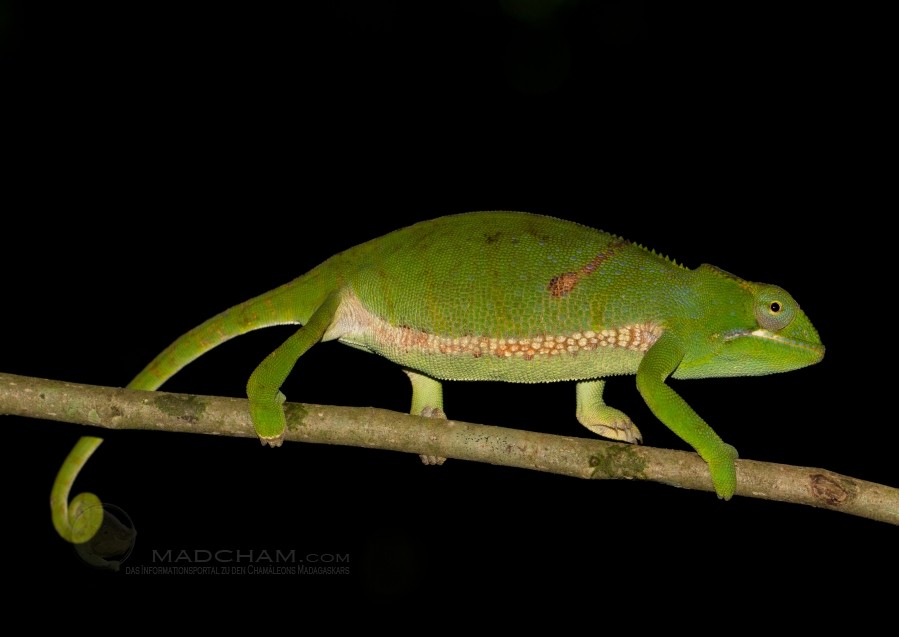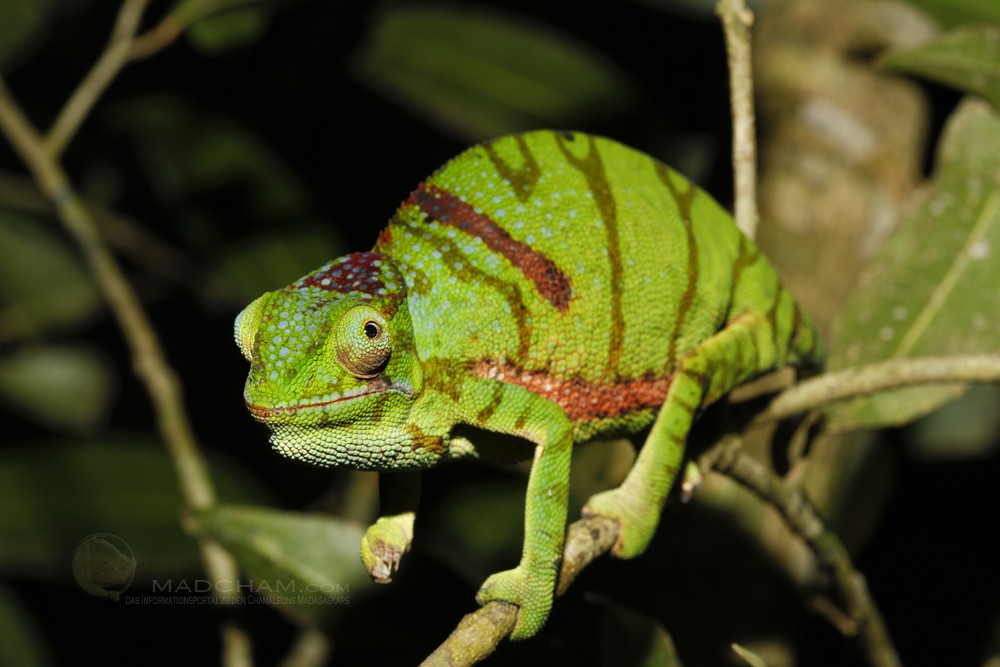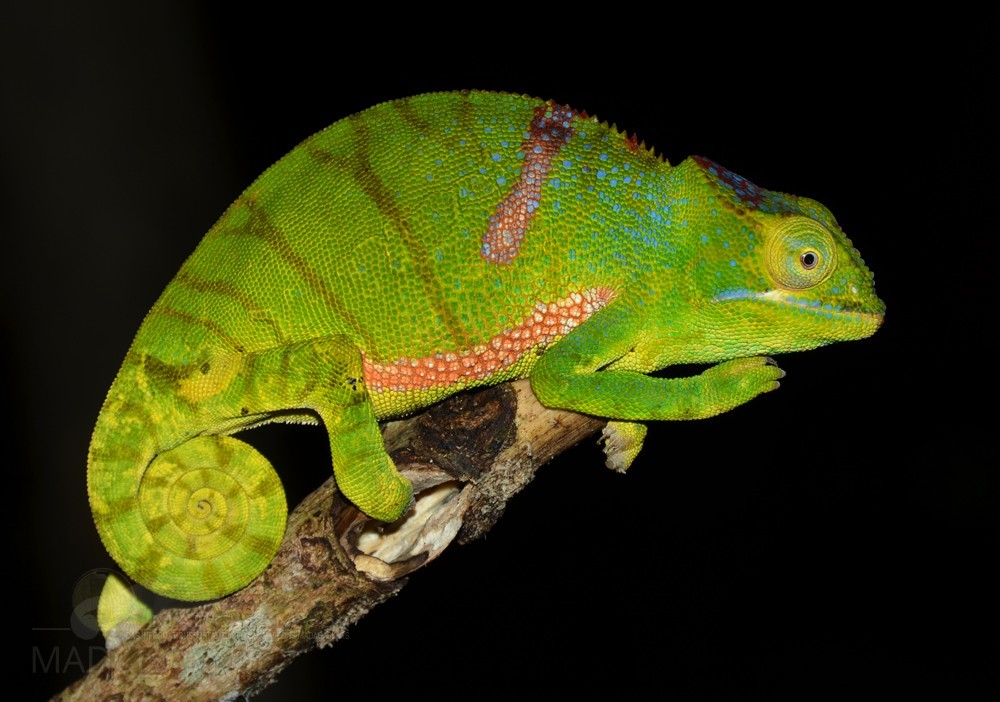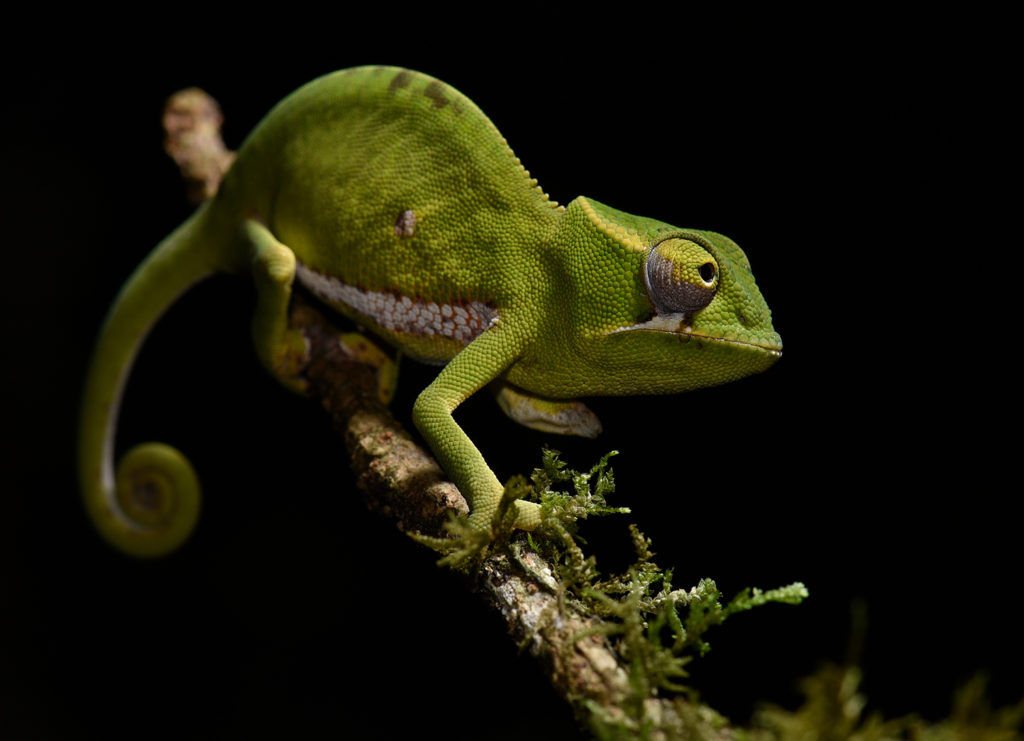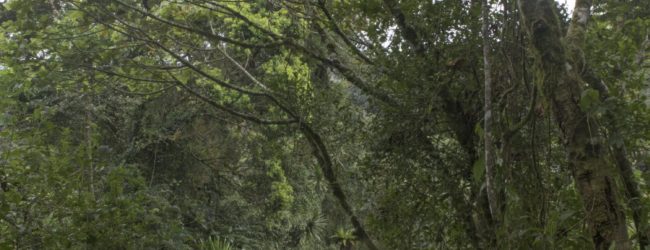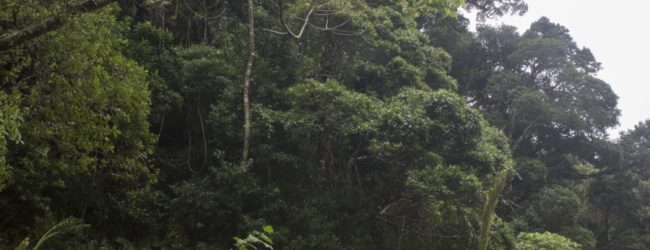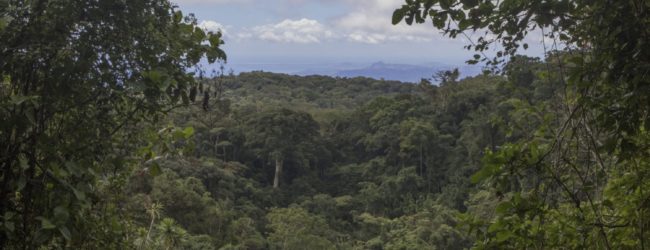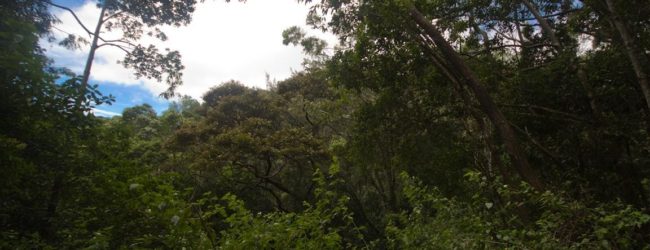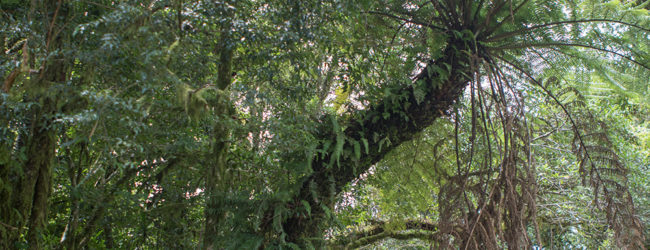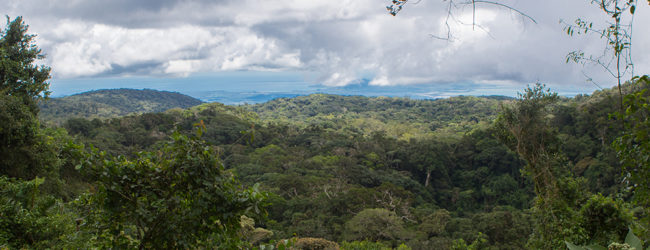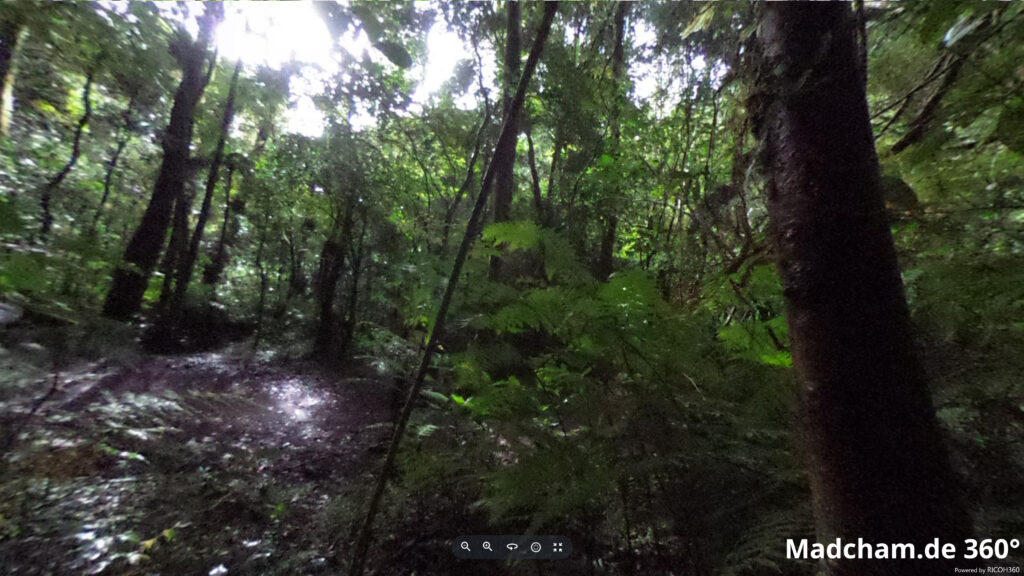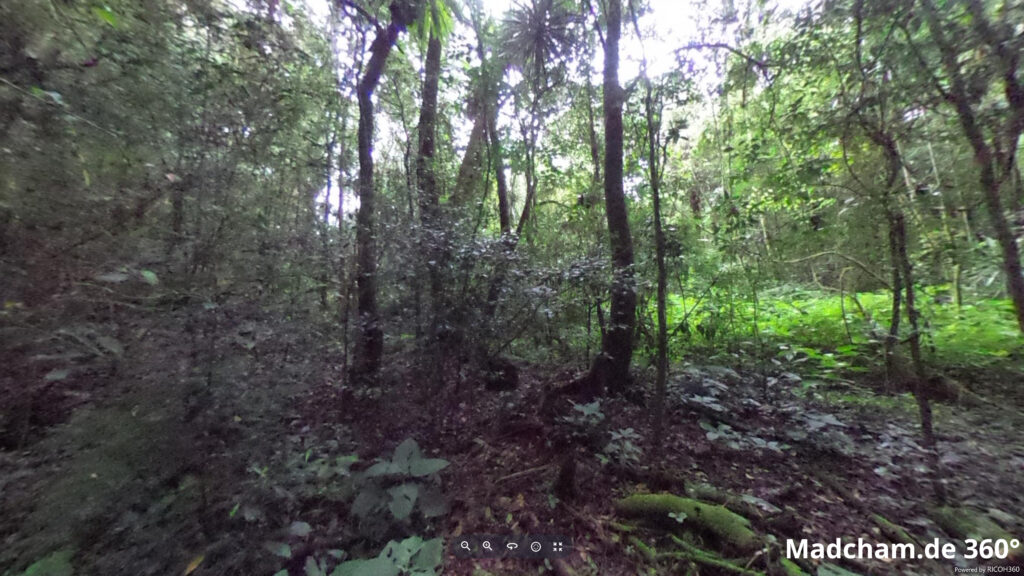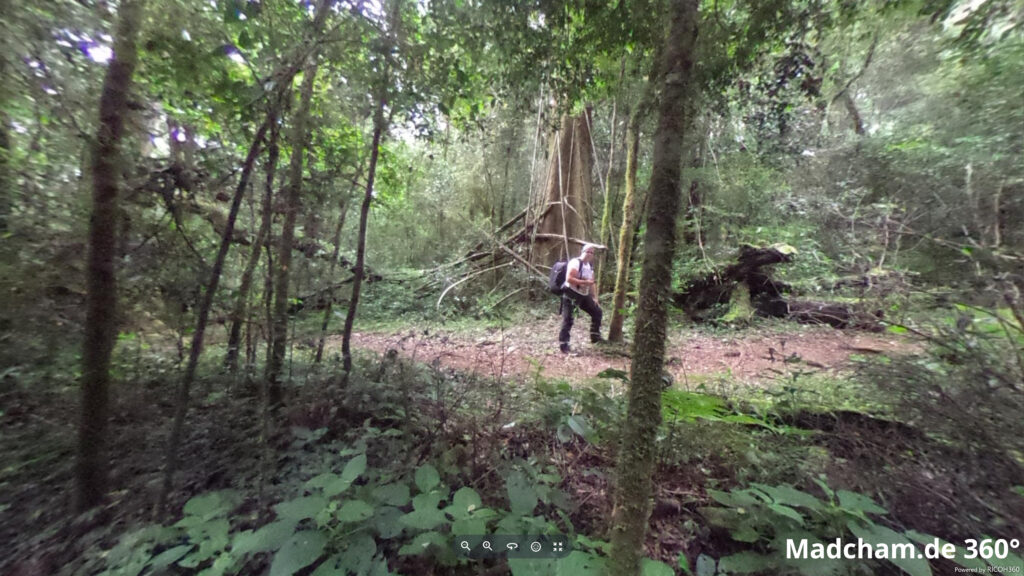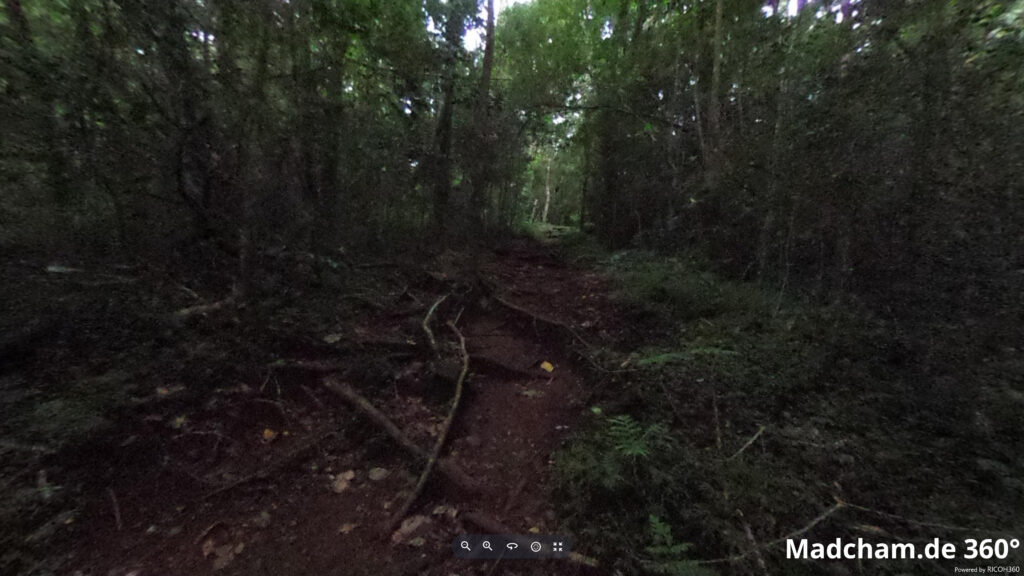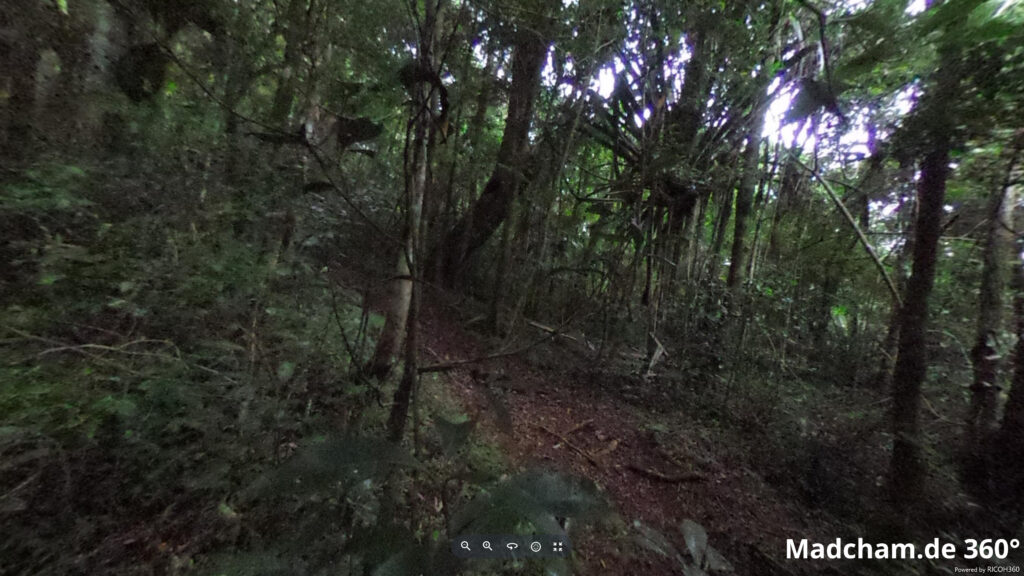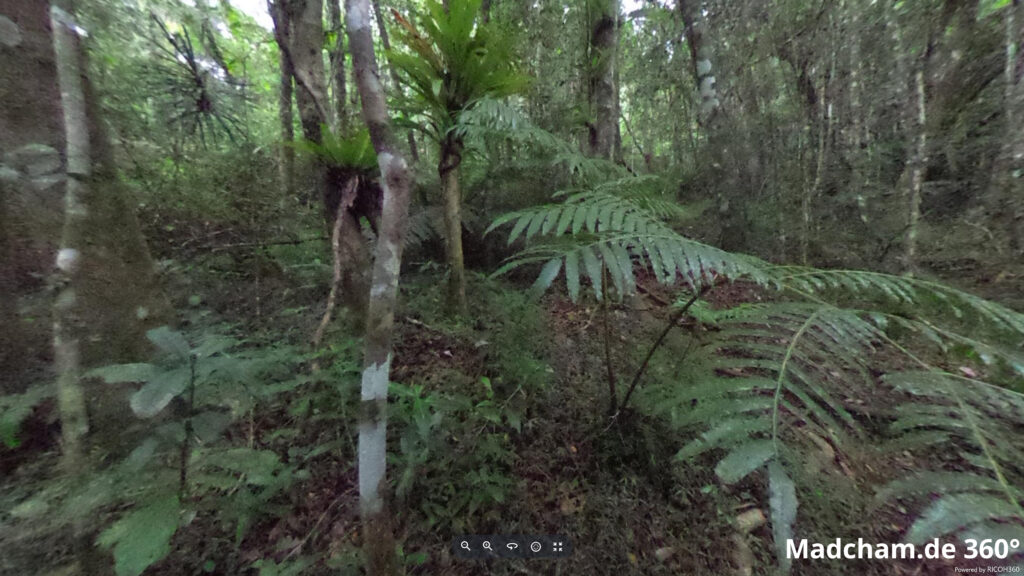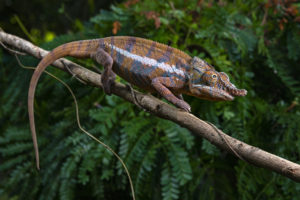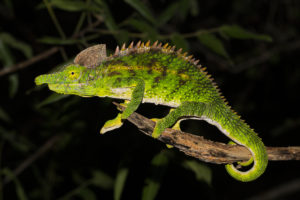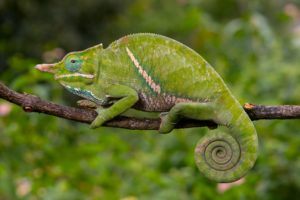no legal export possible
First description:
Origin of the species name:
The German herpetologist Frank Glaw dedicated this species to his son Timon. Frank Glaw works in the State Zoological Collection in Munich (Germany) and is responsible for a large number of new species descriptions of Madagascar’s reptiles and amphibians in recent decades.
Distribution:
This beautiful chameleon species only occurs in the mountain rainforests of north and northeast Madagascar. Among the distribution areas are Marojejy and Amber Mountain national parks. Here you can find these animals at elevations of approximately 600 to 800 meters above sea level. They mostly live in very high trees, which makes a finding quite difficult. During the last years, we could regularly find this species in the northeastern part of Amber Mountain national park, but mostly females. Males seem to be more difficult to find, maybe because they do not climb down the trees to lay eggs. 😉 If males are “low” in the vegetation, one often finds them nevertheless still on four to five meters of height.
Appearance and size:
Males of Furcifer timoni have two pointed nose appendages and are bright green colored. They have blue-white color accents around the eye area. Females are much more colorful, green to yellow with a striking stripe pattern when stressed. The latter can be light stripes on dark ground as well as dark stripes on a light ground. The helmet and the flanks of females have blue and violet spots, and the belly has red to orangeish color accents inside a white band.
Good to know:
Furcifer timoni belongs to the latest discoveries of Madagascar’s chameleon kingdom, they have been thought to be a variant of the similar-looking Furcifer petteri for a long time.
| Jan | Feb | Mar | Apr | May | Jun | Jul | Aug | Sep | Oct | Nov | Dec | |
| Average temperature | 23 | 23 | 24 | 23 | 22 | 21 | 20 | 20 | 21 | 22 | 23 | 23 |
| Minimum temperature | 19 | 19 | 19 | 19 | 18 | 16 | 15 | 15 | 16 | 17 | 18 | 19 |
| Maximum temperature | 28 | 28 | 28 | 28 | 27 | 26 | 25 | 25 | 26 | 27 | 28 | 28 |
| Rain days | 20 | 20 | 17 | 9 | 6 | 6 | 7 | 6 | 5 | 6 | 7 | 14 |
We have collected the data given above over several years with thermometers and hygrometers at the finding places of the chameleons. "Average temperature" means that values of a whole month have been calculated to one average value per month. For example all measured minimum temperature values of February have been calculated to one average minimum temperature for February. In plain language, this means single peak values of a day may be a little higher or lower than the average minimum and maximum temperatures. It is possible that a location has an average maximum temperature of 29°C, but one day during that month it had 33°C or even 35°C there.
Amber Mountain is an evergreen rainforest which extends over a mountain massif of volcanic origin at elevations between 850 and 1450 m. Due to the height, nights can become rather cold with temperature drops to 10°C.
During rainy season, day temperatures rise to 28°C, in sunny places even warmer. But the average temperature is a little lower. During rainy season, it rains every day for several hours. Simply the way it is in a rainforest. 😉 But also dry season has regular precipitation, just a little shorter. Climate in Amber Mountain is very humid all year long. During dry season, temperatures are somewhat lower with day temperatures up to 25°C.
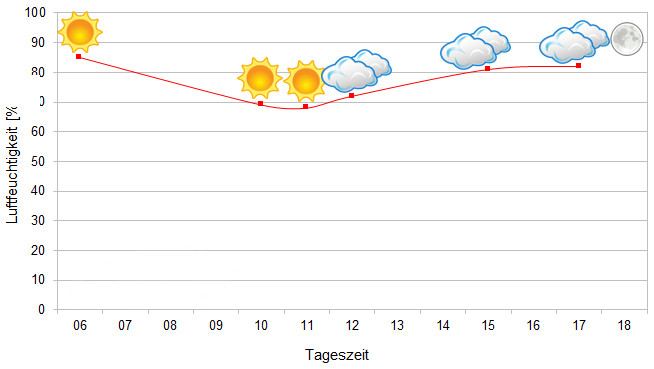
We have measured UVB data with a Solarmeter 6.5 in spring (end of April) at the peak of activity of chameleons in Madagascar. We always measured the values that a chameleon could maximally reach in its habitat.
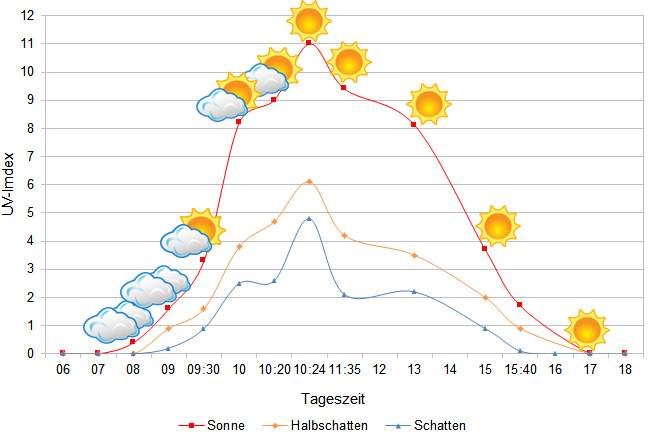
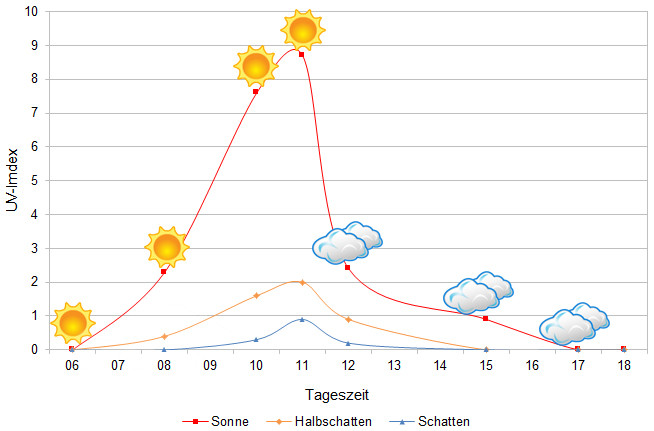
Since 2022, in addition to other climate data, we have also been measuring air pressure at the locations we visit in Madagascar. The following data is from a day during the rainy season. On the X-axis is the time of day or night. In Madagascar, the day begins around 6 am, and night falls as early as 6 pm. The Y-axis shows the atmospheric pressure in hPa.
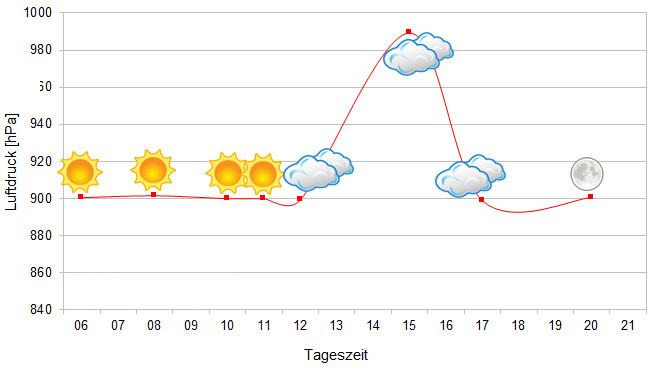
Habitat:
The habitat of Furcifer timoni is the dense, amazing rainforest of Amber Mountain. The animals inhabit tree giants that almost fall over by the heavyweight of huge nest ferns. Lianas hang from the trees, ferns cover the soil, moss grows over fallen tree trunks. Orchids and other epiphytes grow on almost every branch of the rainforest. Small streams traverse the forest. Furcifer timoni inhabits mainly big, high trees and prefers to climb in the crowns.
Below you will find some 360° images from the Amber Mountain that we took during the rainy season. If you click on the respective image, the pictures will open in an enlarged view in a separate window. You can use the mouse to rotate in all directions. You also have the option of running the images in full-screen mode. Have fun looking at them!

